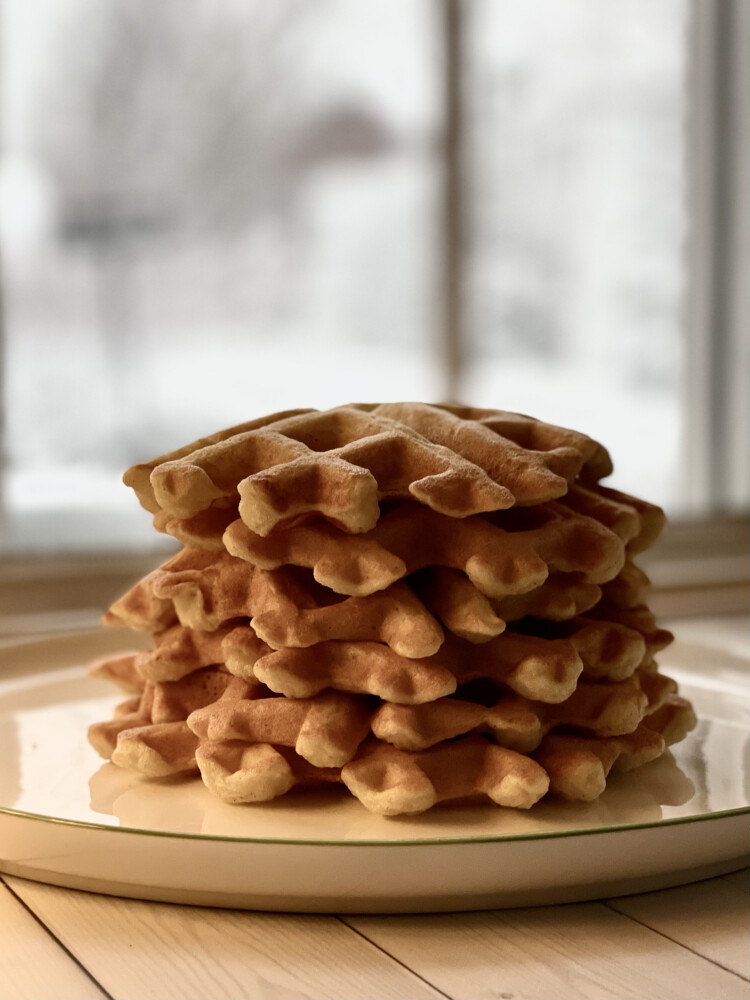I’m not a behavioral economist. I don’t even play one on TV. But I am hopeful that rising food costs will help drive food waste containment across the country in 2022.
According to research tracked by Jason Lusk, a Purdue University economist who studies food policy issues, the average American grocery bill is the highest it’s been in a decade. That’s because the continuing pandemic has both forced folks to buy the ingredients they need to cook breakfast, lunch and dinner at home and wreaked havoc on the national food supply chain. Food manufacturers are saying it’s going to get worse, predicting they will be raising prices by as much as 20 percent in the coming months as workforce and supply chain issues persist.
The USDA says the average monthly grocery bill for November 2021 (the last month for which the data is available) for an adult female between the ages of 19 and 50 is $295. For males in that same age range, groceries cost $336. Add in two kids, say aged 5 and 9, at $188 and $286, respectively, and the monthly bill from Hannaford, Shaw’s or Market Basket for a family of this size, with this specific gender breakdown, totals $1,105. That’s $13,260 annually, even before you factor in the 20 percent increase food manufacturers are predicting for 2022.
Now, think about the fact that Americans waste as much as 31 percent of the food they buy because they buy too much, don’t cook it before it goes bad, and/or misunderstand the meaning of “sell-by” dates on packaged food. Regardless of why it ends up in the bin, the average family of four in the United States tosses $4,011 worth of food. I don’t know about you, but I could find better ways to dispatch that kind of cash. It’s nearly enough for a new six-burner, dual-fuel range in cherry red, for example.
In the past seven and a half years, I’ve spent tens of thousands of column inches talking about how wasting food is an environmentally unsustainable proposition. I’ve offered tips and tricks for using scraps like apple cores, carrot tops, lemon peels and cheese rinds. I’ve detailed techniques (keeping your knives sharp, making stock, canning chilies and salting herbs to wring the most culinary value out of locally sourced ingredients. And I’ve provided adaptable recipes for soups, egg dishes, pasta sauces and desserts that help cooks use up what they have on hand instead of running to the store.
But this, I believe, is the first time I’m really harping on how wasting food is an unsustainable economic prospect. Put your grocery money with your mouth is, people. The rules for success on this front are simple:
Don’t buy too much.
Use every part possible of your raw ingredients.
Repurpose your leftovers into inventive new meals.
And, here’s the best part: Eat every bite.
Christine Burns Rudalevige is a food writer, recipe developer, tester and cooking teacher in Brunswick, and the author of “Green Plate Special,” a cookbook from Islandport Press based on these columns. She can be contacted at: cburns1227@gmail.com.

Coconut Rice Waffles with Mango Chutney are a great way to repurpose leftover rice and leftover chutney. Photo by Christine Burns Rudalevige
Coconut Rice Waffles with Mango Chutney
When I make or take out Indian food, there are always two things leftover, rice and mango chutney. This recipe, adapted from one in Sara Dickerman’s 2019 cookbook “Secrets of Great Second Meals,” provides an easy way to repurpose both as an interesting breakfast. As written, the recipe is gluten-free, as most GF flours comprise rice flours that match the flavors here. But you can use gluten-full all-purpose flour, too, if that’s what you have in your cupboard.
Makes 6 to 8 waffles
Coconut oil for greasing waffle irons
1 cup gluten-free all-purpose flour
2 tablespoons sugar
1½ teaspoons baking powder
½ teaspoon fine sea salt
One (13.5-ounce) can coconut milk (not light), stirred
2 large eggs, separated, plus 1 egg white
1 teaspoon pure vanilla extract
1½ cups leftover cooked rice, preferably jasmine or basmati
Butter, to serve
Mango chutney, to serve
Plug in a waffle iron and prepare it for cooking, according to the manufacturer’s directions. Brush the iron with coconut oil.
In a large bowl, whisk the flour, sugar, baking powder and salt. In a large measuring cup, whisk the coconut milk, the 2 egg yolks, and the vanilla.
In a clean, dry bowl, beat the egg whites until they hold firm peaks.
Stir the coconut milk mixture into the flour mixture. The texture will be thick, almost like cookie dough. Fold in the rice and gently stir in half the beaten egg whites. Quickly fold in the remaining egg whites.
Scoop the batter into the waffle iron and cook according to the manufacturer’s directions: the waffles will brown to a warm straw color, but often gluten-free flour will not color quite as much as wheat flour does.
Serve hot with butter and mango chutney.
Send questions/comments to the editors.


